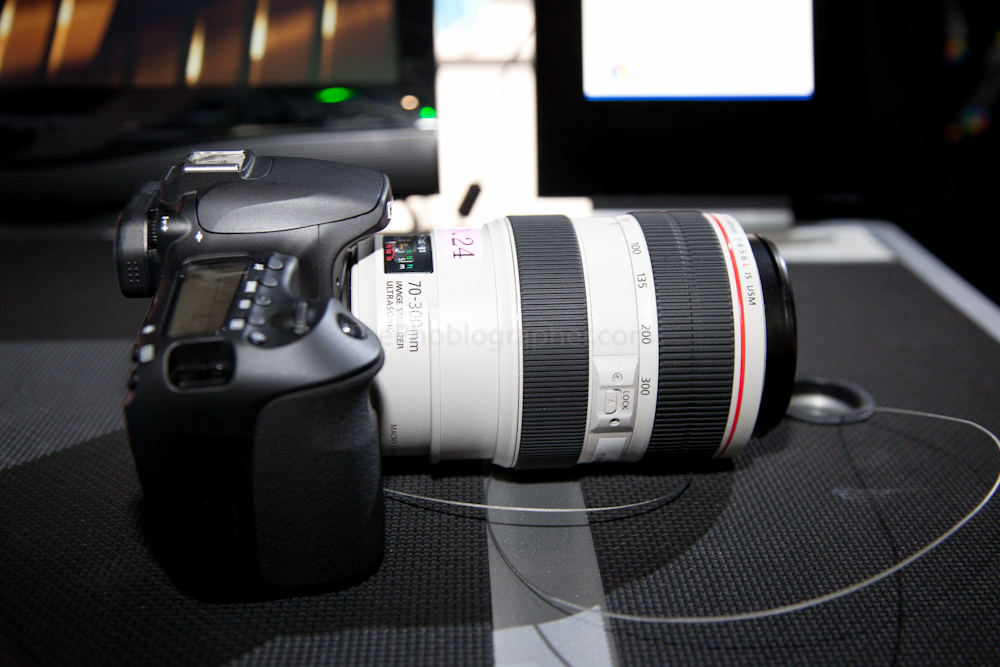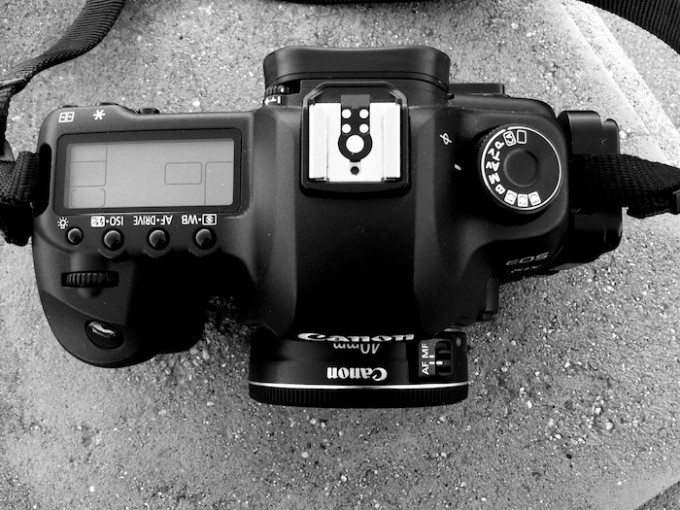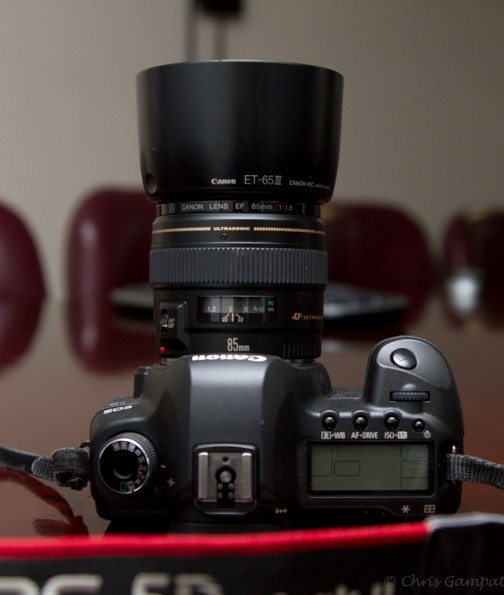Last Updated on 04/14/2013 by Chris Gampat
Since we believe that your lenses are more important than your camera, one of the most common questions we get here at The Phoblographer is which lens to purchase for a Canon DSLR. While we have a list of some of the best budget lenses, and we’ve answered multiple questions on the subject, it became apparent that there is a need for a comprehensive lens guide of some sort. While you’re at it, you may also want to sneak a peek at our recommended lenses for videography. And since there are strengths each side of primes vs zooms, this list will feature both types of lenses.
Edited 4/14/2013
Primes
50mm F/1.8 II– This is perhaps the most bang-for-your-buck lens ever created…ever. While the lens is soft wide open, once you stop it down a bit it will become super sharp. Additionally, it is small and when mounted onto a more entry-level or mid-level DSLR, it will keep the entire package that much more compact.
Be warned though that in low light it can have focusing issues. But overall, there is perhaps no better lens for someone to begin learning on or to even use professionally.
Canon 35mm F/1.4 L– This is a lens that you will have to take from my cold, dead hands. Perhaps my favorite in my camera bag, the Canon 35mm F/1.4 L is versatile, well built, sharp, and focuses very quickly. It is a full 35mm on my 5D Mk II and around 50mm on my 7D.
When I was tasked to go out into some of the major snowstorms that NYC had, this lens stayed mounted onto my camera for many reasons:
– Image quality
– Excellent built quality
– The fact that it is a prime meant that there were not a lot of moving parts so it really kept the melting water and snow out.
– Versatile focal length that delivered intimate images
– Relatively small
– Not extremely heavy
– Great color rendition
Canon 40mm f2.8– Canon’s 40mm f2.8 is the company’s latest and first pancake prime lens for its DSLR lineup. We strongly recommend that you use it on a full frame body to take advantage of the focal length and the shallow depth of field.
Sigma 50mm F/1.4– Why the Sigma version over the Canon? Because it is sharper, better built and delivers better image quality. However, it all comes at a price. If you want a more affordable option, then consider the Canon 50mm F/1.4.
Sigma 30mm F/1.4– First off, know that you should not purchase this lens if you’re a full frame camera user or using a camera that takes only EF lenses. It was designed for APS-C sensor cameras to have a 50mm equivalent view with a fast aperture.
Indeed, it is one of the most popular lenses out there.
85mm F/1.8– I’m a big lover of 85mm lenses. Besides my 35mm F/1.4 L, my 85mm tends to stay attached onto one of my camera bodies. Though I’ve seen sharper lenses wide open, this one isn’t bad. When stopped down, it is just amazing.
Where I’ve really seen this lens shine is in concert photography because of the low-light situations combined with how the lens renders the colors on camera.
To boot, it is also one of Canon’s fastest focusing lenses out there, especially when paired with the Canon 7D.
35mm F/2– While Nikon users fall head over heels for their 35mm F/1.8 lenses, what they don’t realize is that when they put the lens on a full-frame camera, it will almost be useless. Not so with the Canon 35mm F/2. This lens will deliver almost an 50mm equivalent field of view on an APS-C sized sensor camera. When the user goes onto upgrade to a full frame body, they’ll still be able to keep this tiny little gem around.
100mm F/2.8 L IS– Need a great macro lens? The 100mm F/2.8 L IS is perhaps one of the most versatile lenses in the Canon lineup. Not only is it a macro lens, but it is also a great portrait lens and can be very good for event work as well if you’d like to keep your kit light.
Rated as one of Canon’s sharpest lenses currently in their lineup, it is often found at very good prices used or refurbished.
135mm F/2 L– Perhaps one of the best portrait lenses you can ever get your hands on, this lens is sharp and delivers amazing color and contrast. I know many photographers that only own this lens and a 35mm F/1.4 L in their kit and are able to cover nearly anything that need to. When placed on an APS-C sensor camera, this lens will be astounding for nature photographer and even some sports shooting.
Zeiss 35mm F/1.4– I tested this lens out a while back, and it’s gorgeous. The design, color rendition, and sharpness will appeal to many photographers. Keep in mind though that it is manual focus only. With that said, if you’re sick of having to Micro Adjust your lenses, then get this little gem of a well constructed lens.
Zooms
17-55mm F/2.8 IS EF-s– If you’re an APS-C sensor camera user, this is the closest that you can possibly get to an L lens without it actually being one. You’ll have a near 24-70mm equivalent lens with a constant F/2.8 aperture and Image Stabilization. Reports deem it to be very sharp and fast focusing.
Seriously? What more could you ask for?
24-105mm F/4 L IS– This used to be my bread and butter lensfor most of my photojournalistic assignments. Indeed, it still accompanies me to almost every shoot because of the pure versatility in the zoom range. It can be a landscape lens, portrait lens, normal lens, and most importantly a video lens.
You will never go wrong with it.
Sigma 24-70mm F/2.8 EX IF DG– Why the Sigma version over the Canon version? I’m not much of a fan of the Canon version of this lens for the reason that the 24-105mm is just so darn good as it is. I also can’t justify the price of that lens when the Sigma version is very good and much more affordable.
Fair warning though: Sigma lenses tend to render colors much differently than Canon lenses. Be prepared for some extra post-processing.
70-200mm F/2.8 L IS II– This lens needs no explanation or introduction. It is the bread and butter lens of many photojournalists, wedding photographers, portrait photographers, sports photographers, etc. It is the sharpest zoom lens Canon has to offer, had great image stabilization, and top notch built quality. If you can justify the price, spring for it.
Sigma 70-200mm F/2.8 EX OS HSM– This lens was reviewed here, and it is indeed a very solid performer if you can’t justify purchasing the Canon version. Though I found it to be soft at some focal lengths and didn’t quite fancy the color rendition, it is very sharp and many people couldn’t tell the difference between this lens and an older one in two different tests.
70-300mm F/4-5.6 L IS– This lens is bound to become a fan favorite of many. After my testing, I concluded that it was super sharp, color rending was great, it focused quickly, and it was relatively light. I don’t recommend it for concert photography, but it could probably do well at a wedding and will do very well with anything that is outdoors.
Please Support The Phoblographer
We love to bring you guys the latest and greatest news and gear related stuff. However, we can’t keep doing that unless we have your continued support. If you would like to purchase any of the items mentioned, please do so by clicking our links first and then purchasing the items as we then get a small portion of the sale to help run the website.





